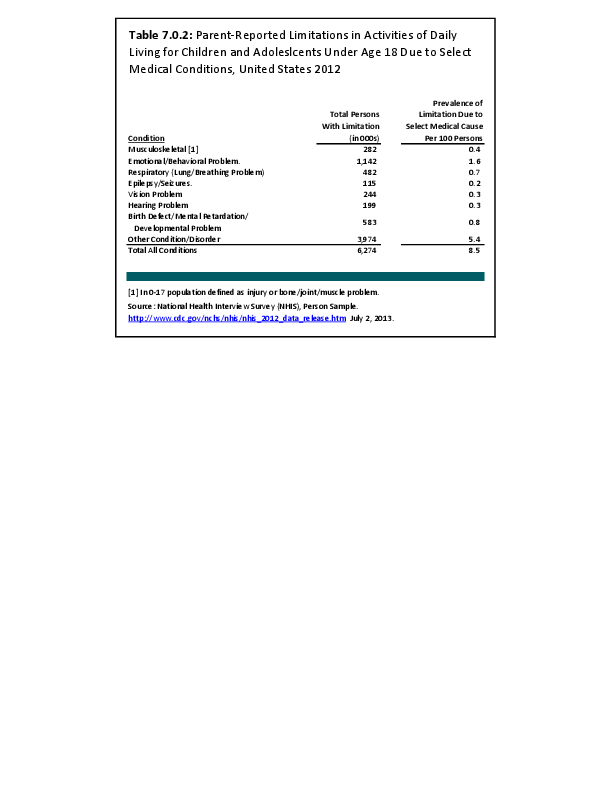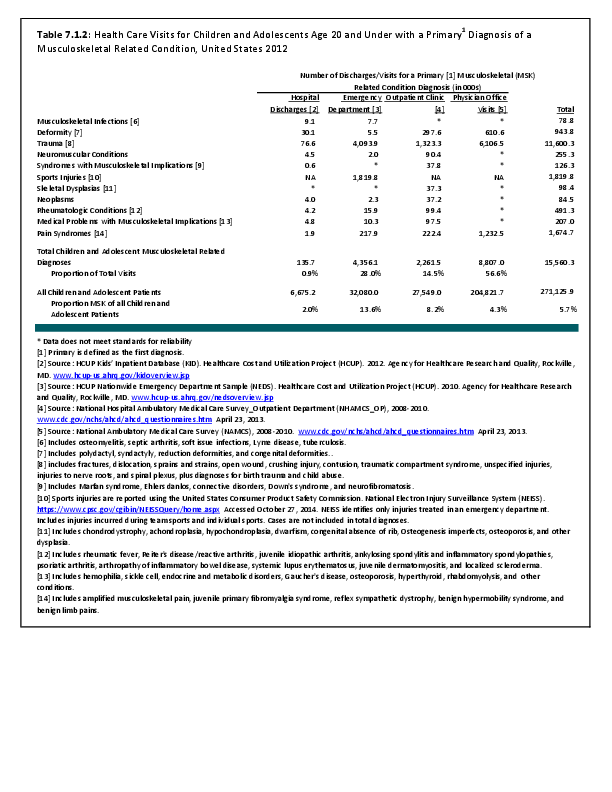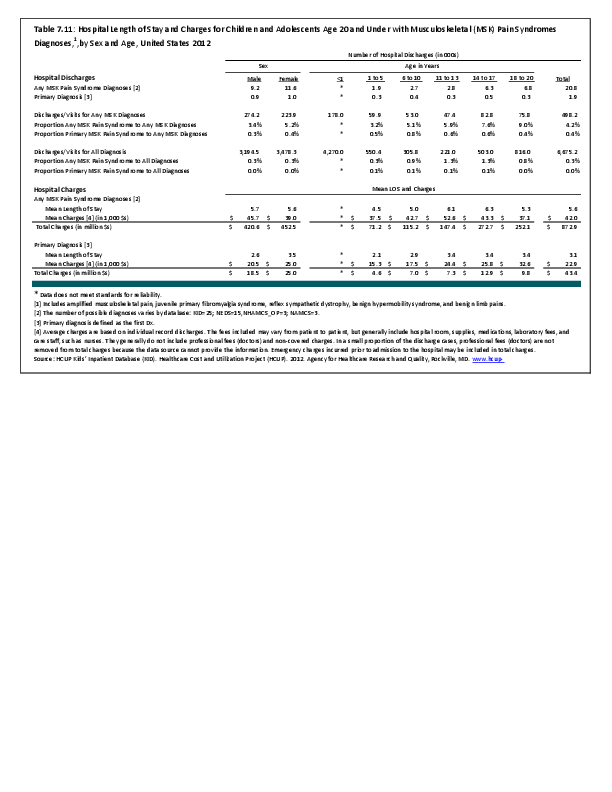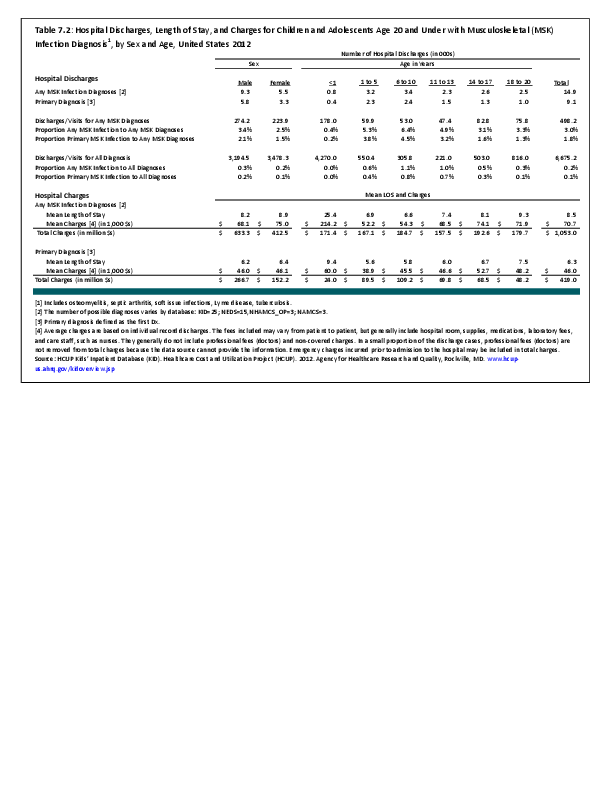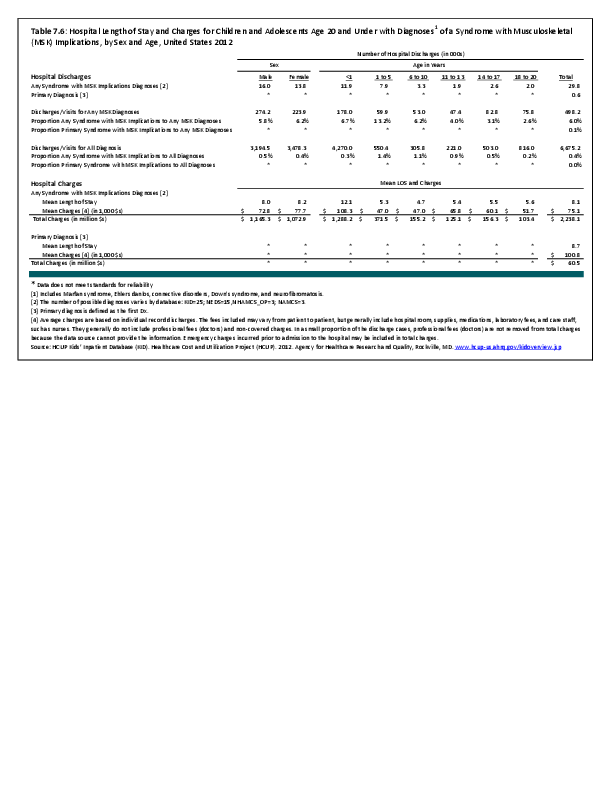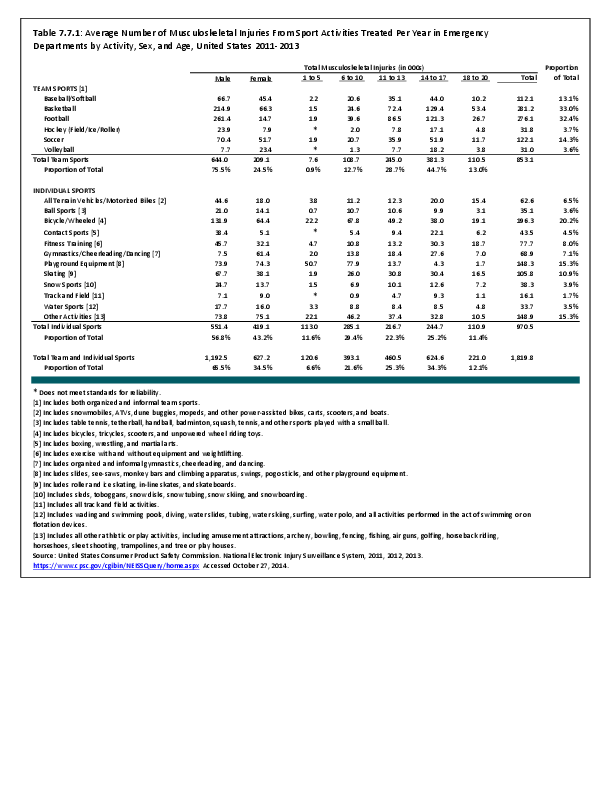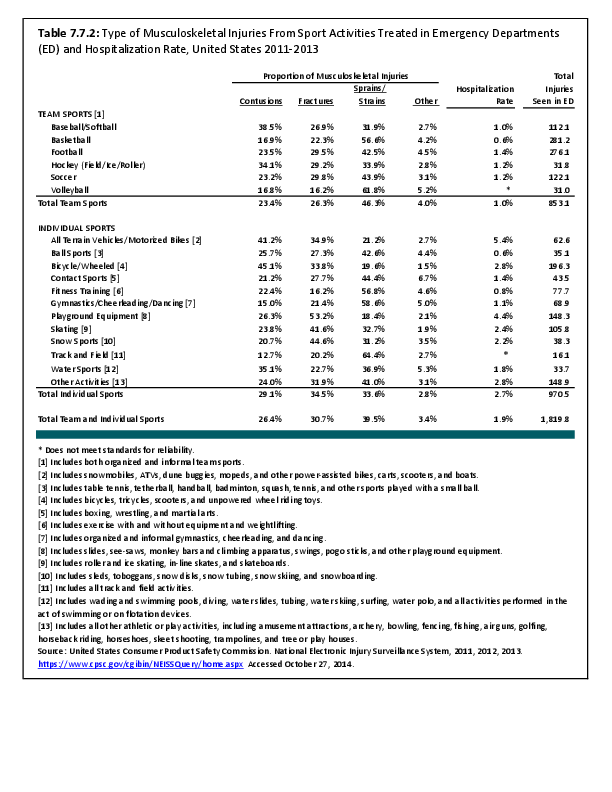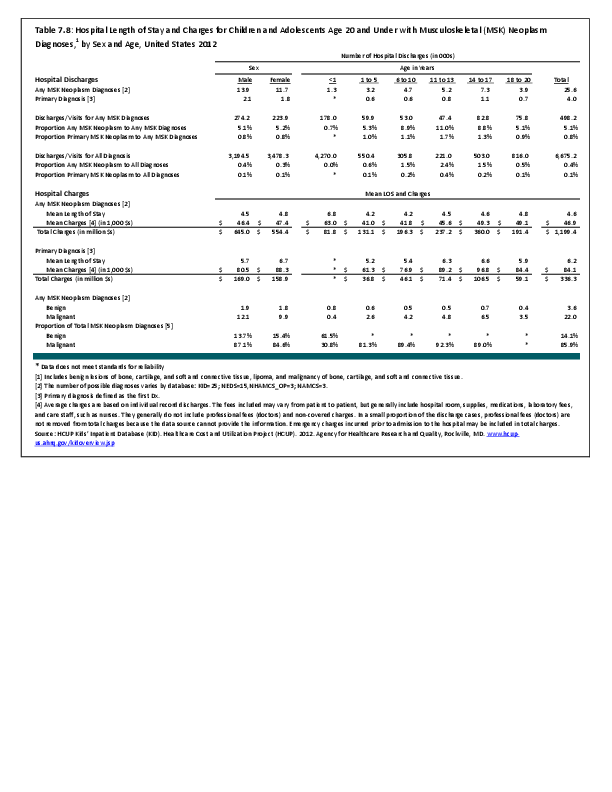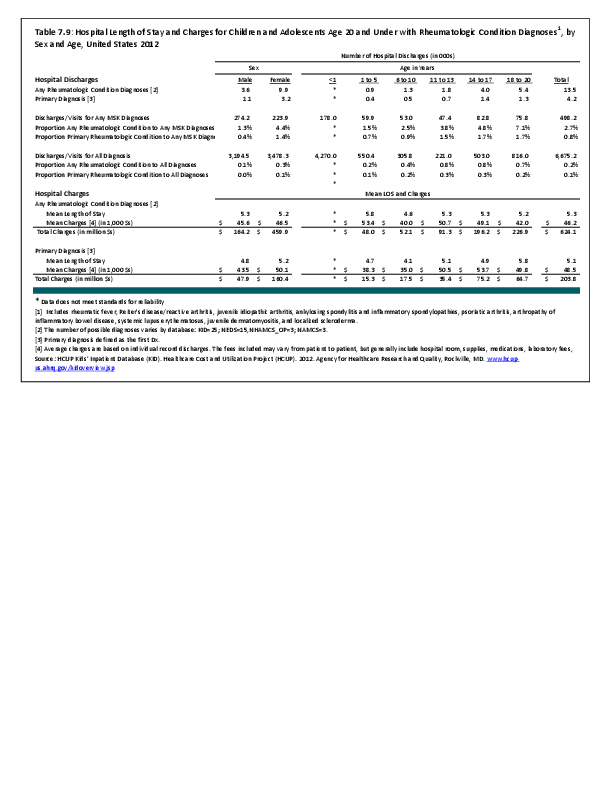Children & Adolescents
VII.B.3.0
Traumatic injury is the leading cause of death in children and adolescents, accounting for 20,000 deaths per year in the United States.1 Although most musculoskeletal injuries are not life threatening, they do account for approximately 10% to 25% of injuries in this age group.2 The pediatric musculoskeletal system is different from that of an adult and therefore the assessment, treatment, and outcome of injuries is different. Pediatric bone is more elastic, allowing for superior remodeling capability. Because of this, many fractures in adults that require surgical treatment may be treated nonoperatively in children. On the other hand, injury to the growing child can result in growth deformity that can lead to long-term morbidity and the need for reconstructive treatments. This section subdivides pediatric musculoskeletal trauma into six sections: upper extremity, lower extremity, hip and pelvis, spine and trunk, birth trauma, and nonaccidental trauma (child abuse).
- 1. Depass K: Principles of trauma management in the pediatric patient. In: Abel M, ed. Orthopaedic Knowledge Update Pediatrics. 3rd ed. Rosemont, IL: American Academy of Orthopaedic Surgeons; 2006:249-258.
- 2. Price CT: Management of fractures. In: Morrissy RT WS, ed: Lovell and Winter's Pediatric Orthopaedics, 6th ed. Philadelphia, PA: Lippincott Williams & Wilkins; 2006:1429-1526.
Edition:
- 2014

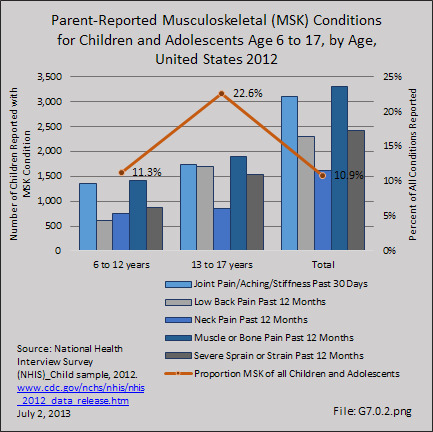

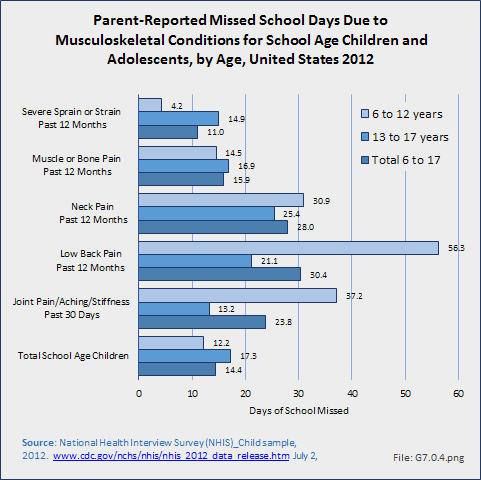
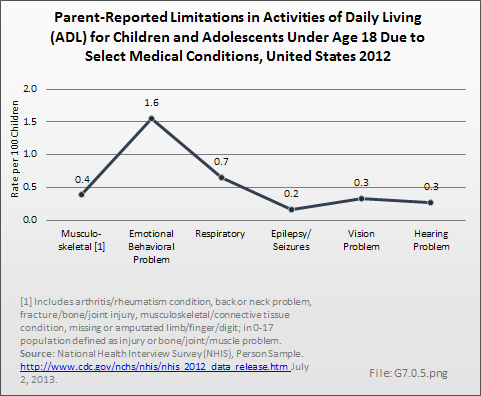

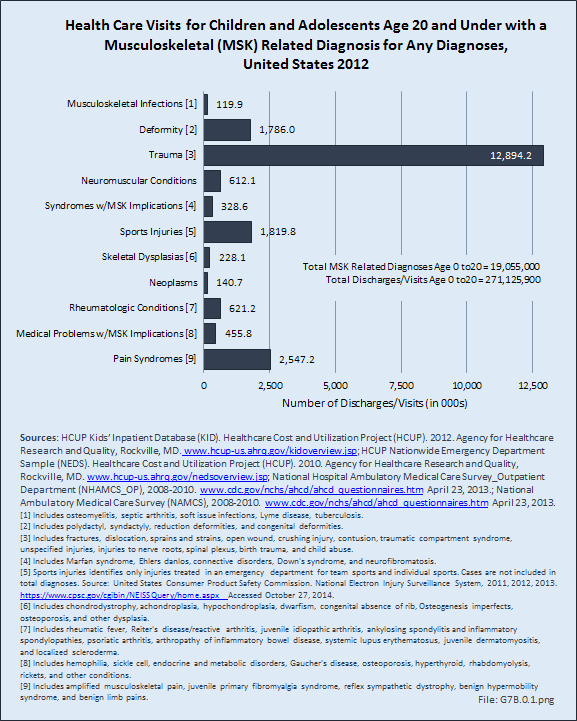
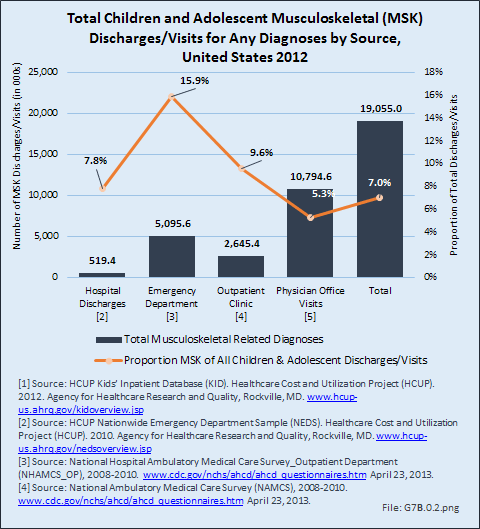

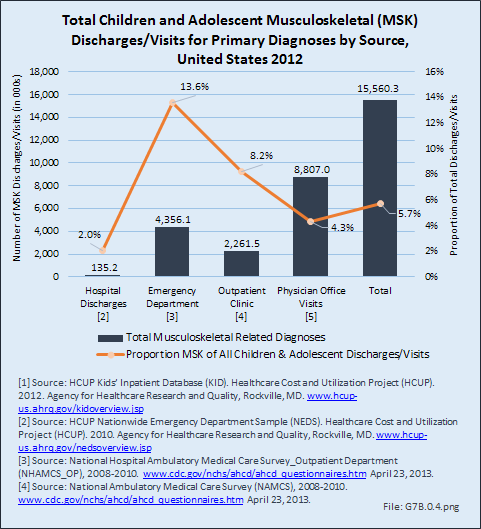
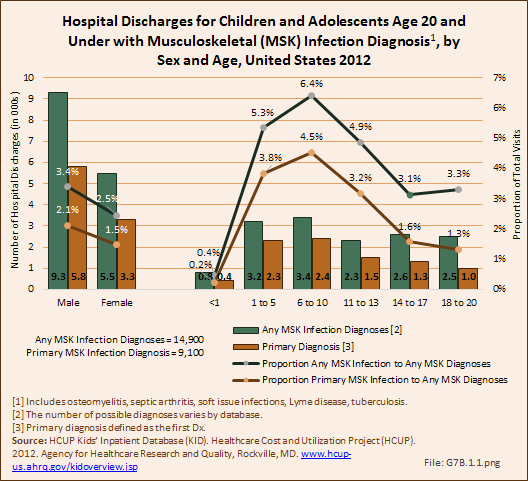
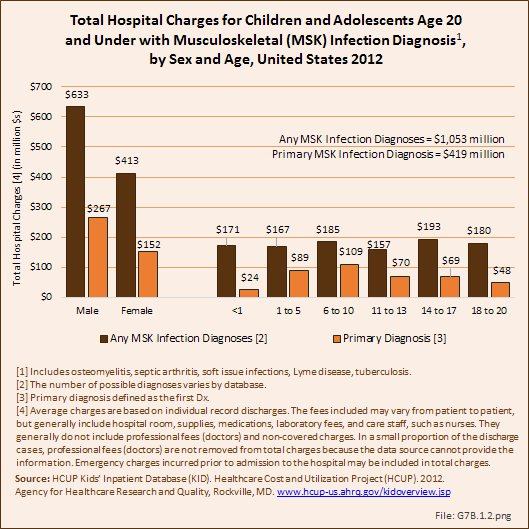

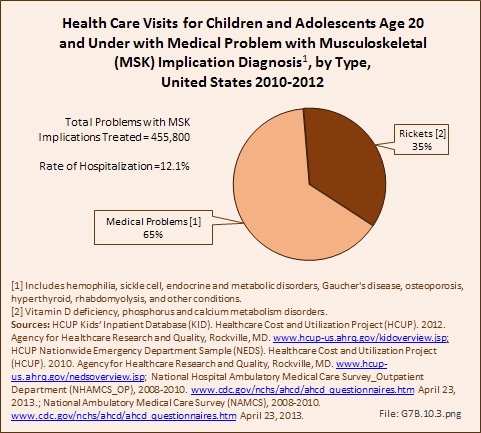
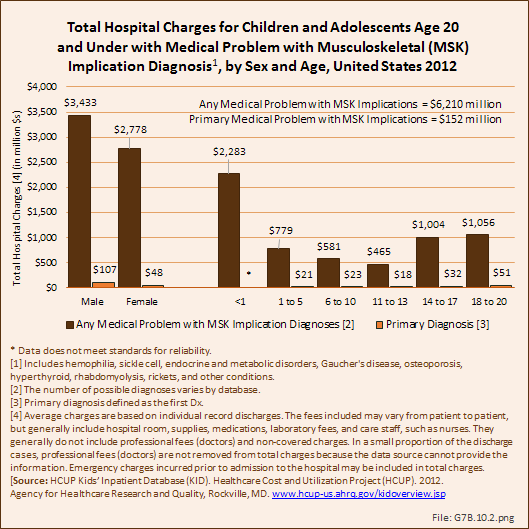

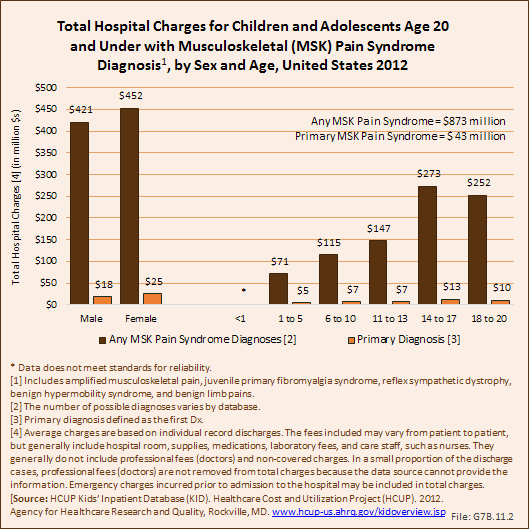
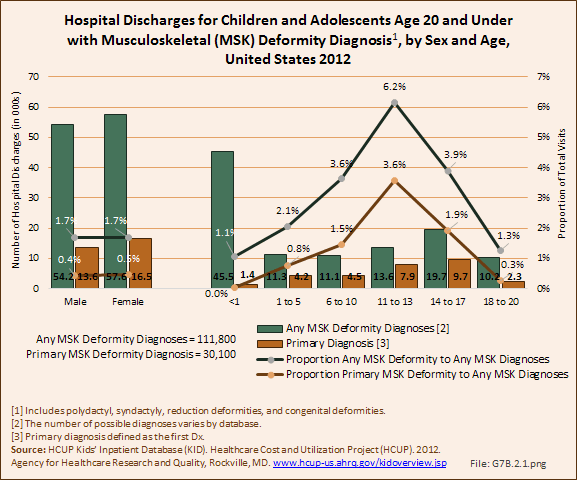
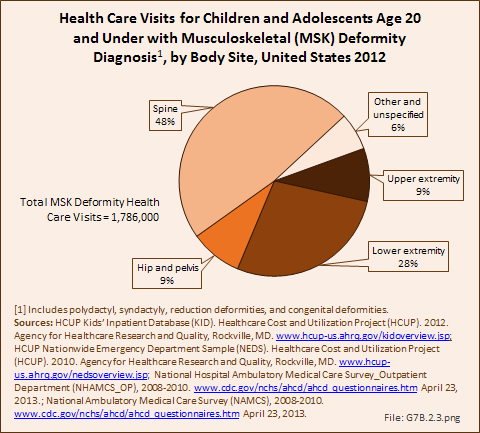
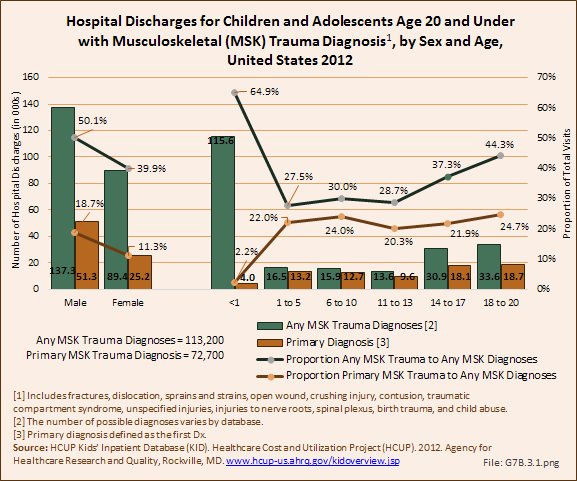
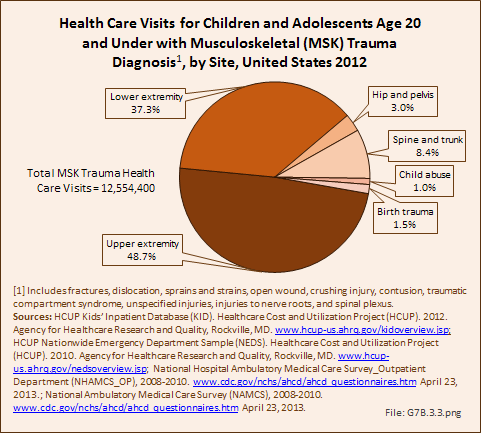


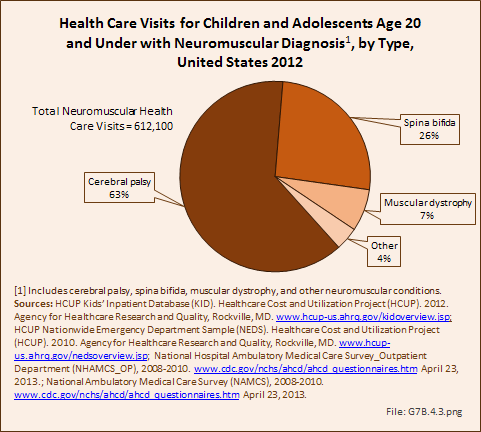
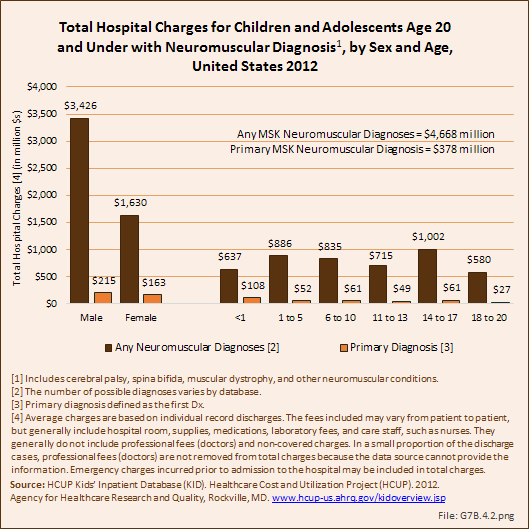
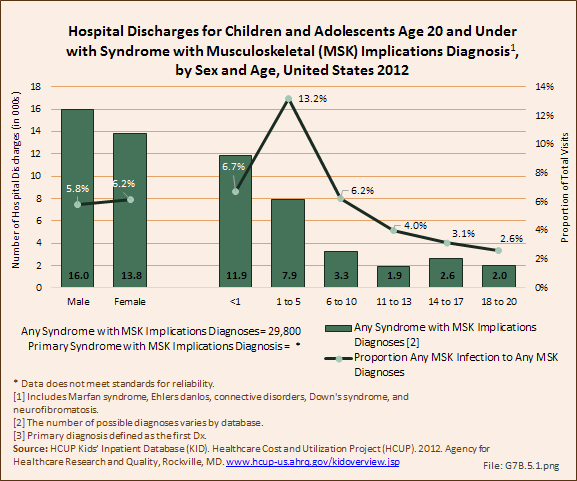
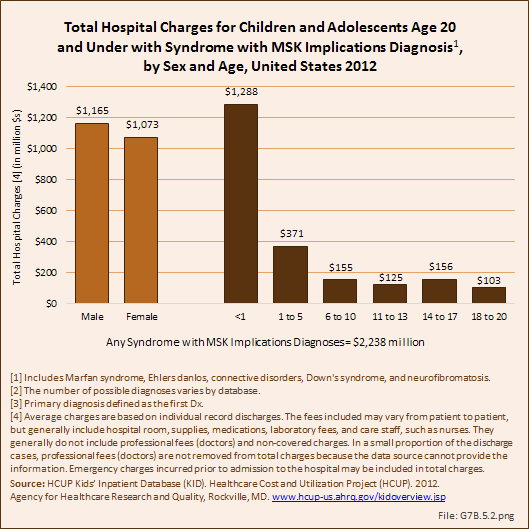
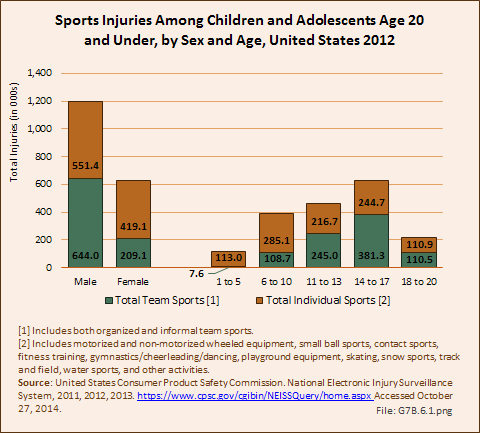
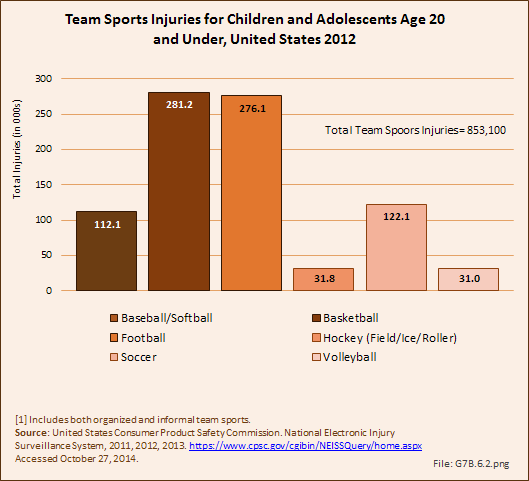
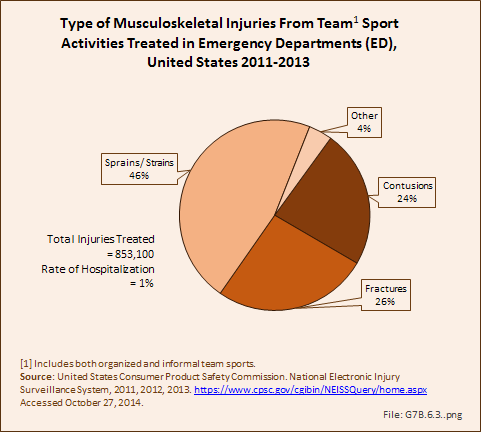

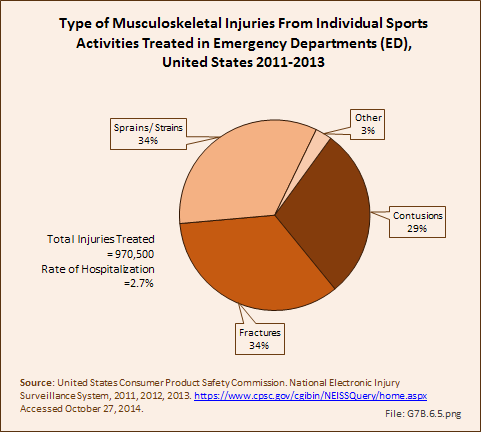
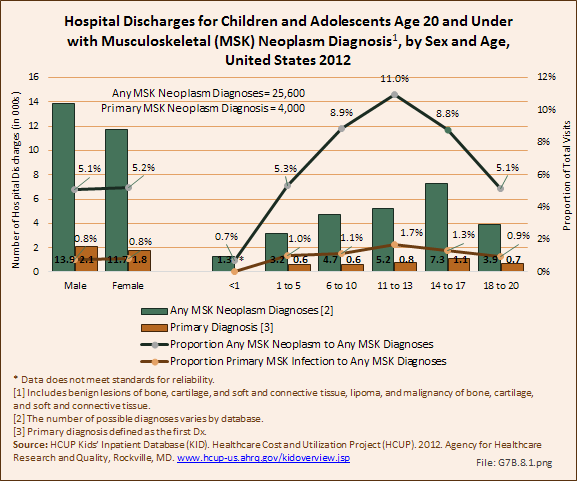
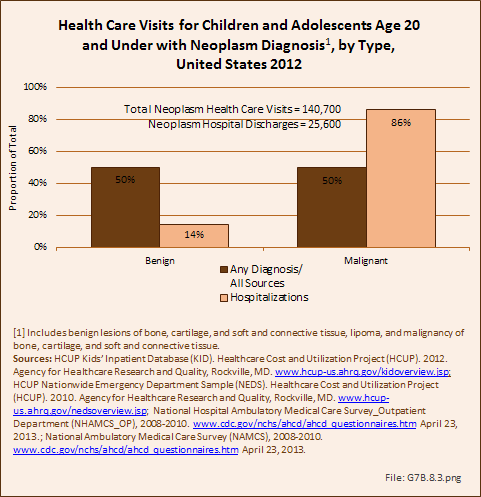
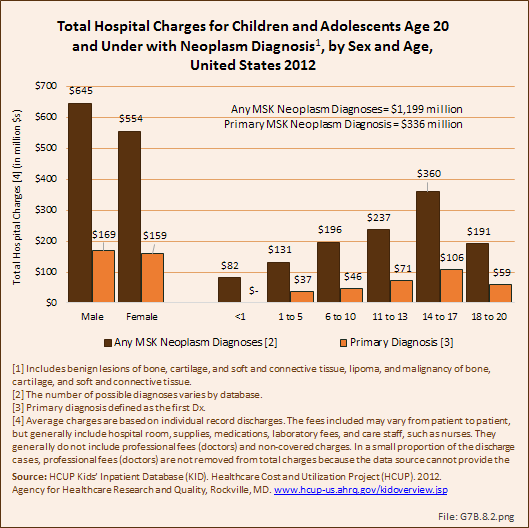

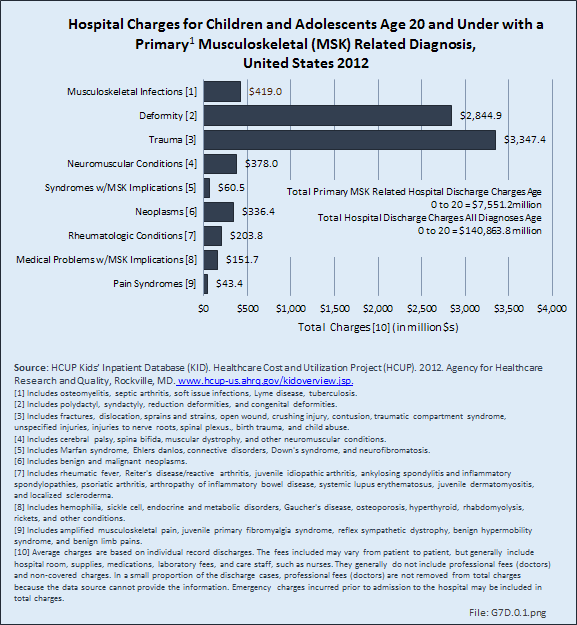
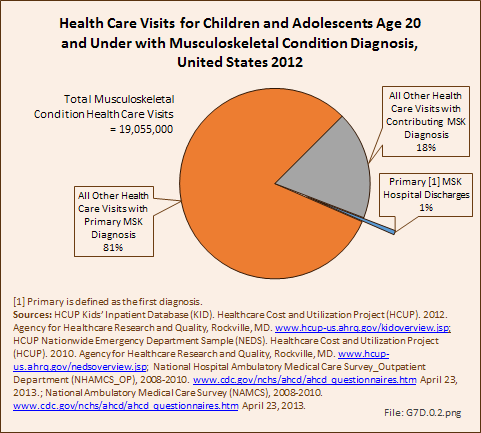

 Download as CSV
Download as CSV
